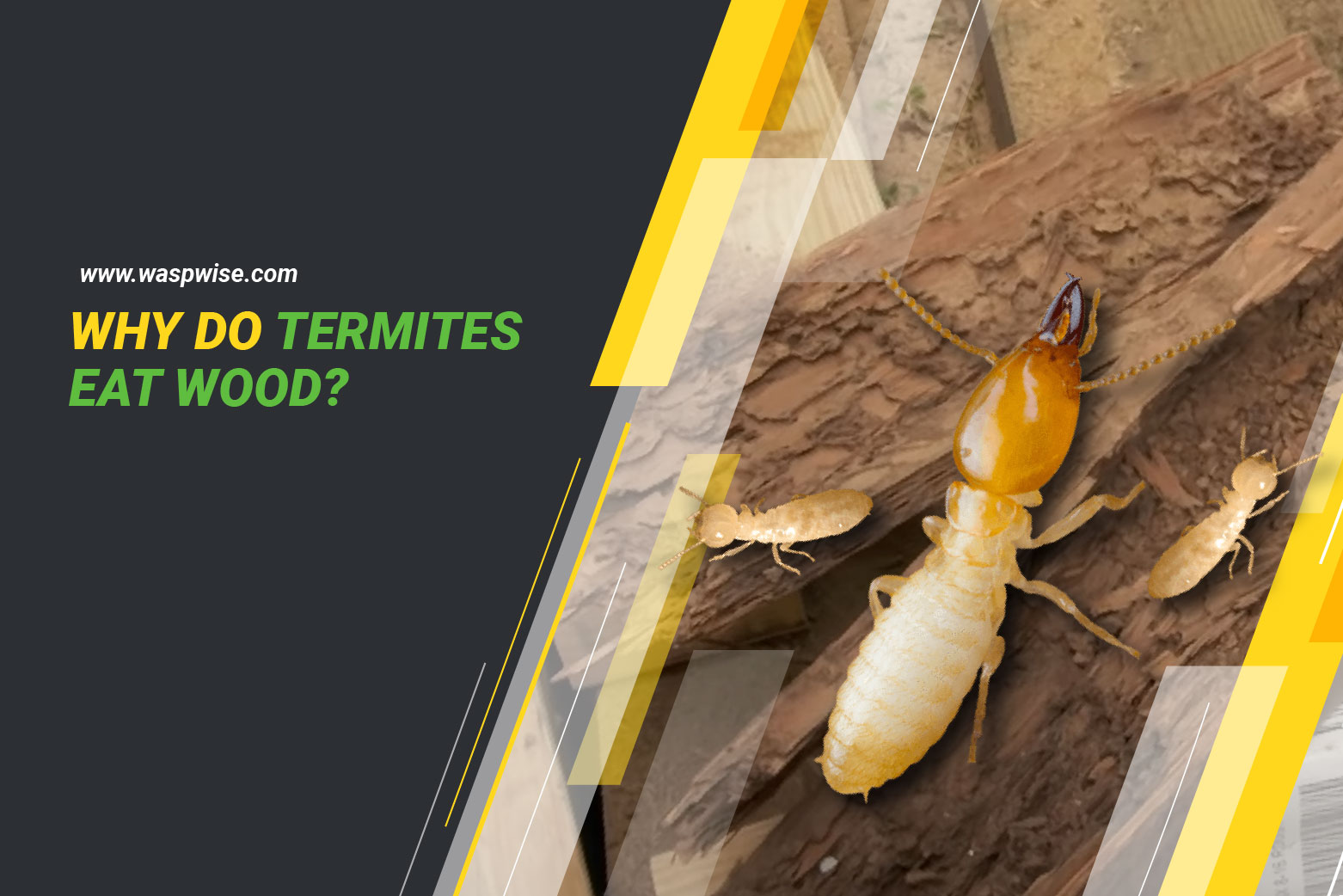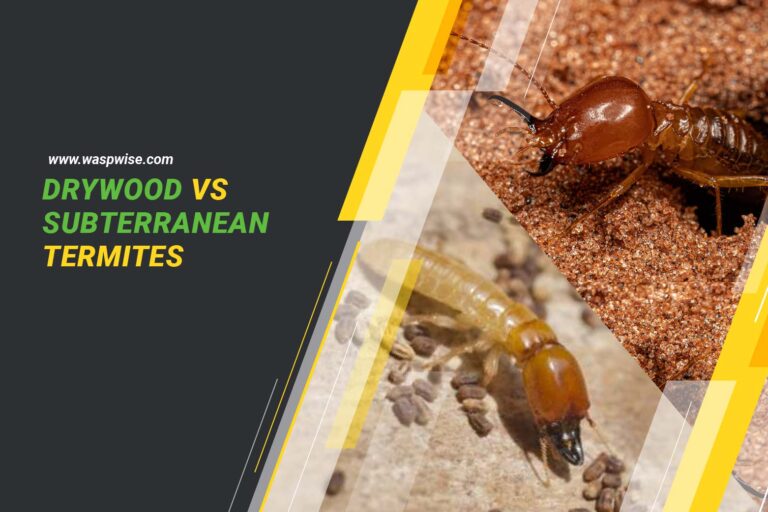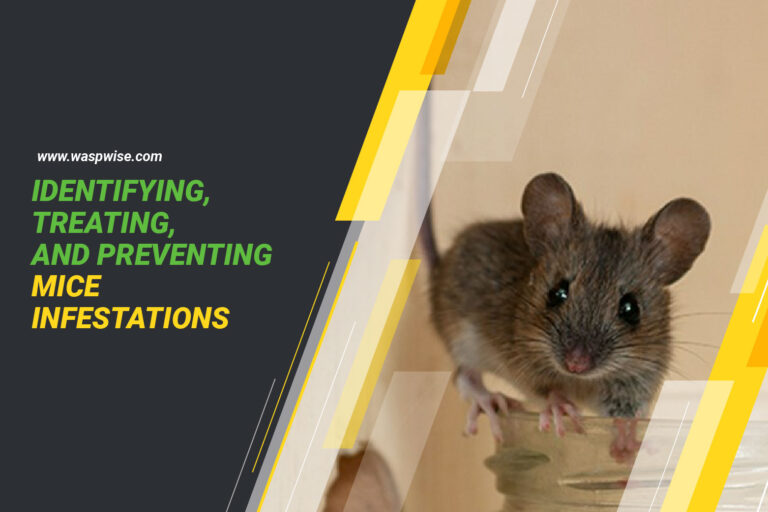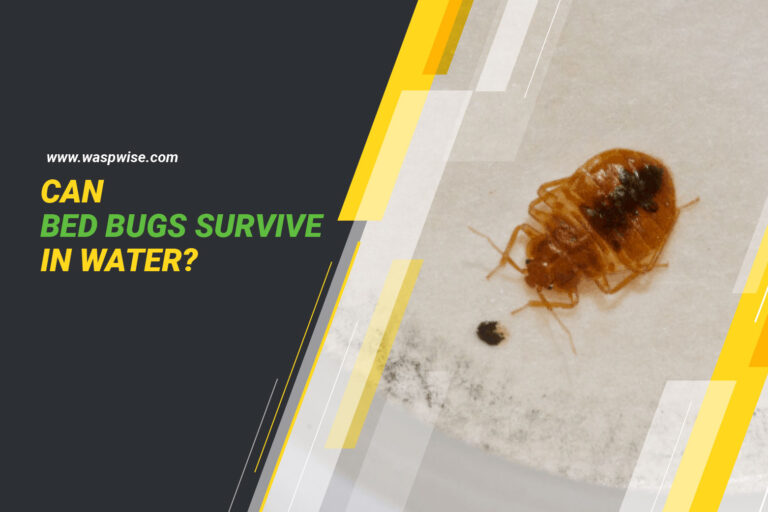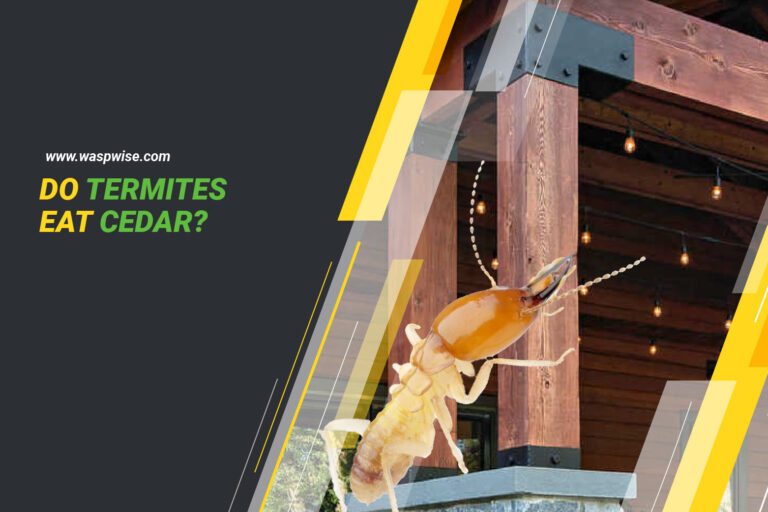WHY DO TERMITES EAT WOOD? WHAT TYPE OF WOOD DO THEY PREFER?
Termites eat wood because it contains cellulose, a complex carbohydrate that other organisms can’t digest. Through a process called symbiosis, termites host microorganisms in their gut that can break down cellulose, allowing them to obtain nutrients from wood. This unique ability has allowed termites to become one of the most successful groups of insects on Earth.
Termites are common pests that can cause serious damage to homes and other wooden structures. But have you ever wondered why termites consume wood in the first place? This article will explore the reasons behind this behavior and provide some tips for preventing termite infestations.
The Nourishment Aspect of Wood
Termites love to eat wood because it is a rich source of nutrition for them. Wood contains cellulose, a complex carbohydrate difficult for most organisms to digest. Termites, however, have a protozoon in their gut that can break down cellulose into simple sugars they can use for energy.
Habitation and Accessibility
In addition to being a food source, wood provides an ideal environment for termites to live in. It is warm and humid and provides protection from predators. Termites are able to locate wood sources by following scent trails or by building mud tubes that allow them to travel safely from the ground to the wood.
There are two main types of termites: subterranean and drywood termites. Subterranean termites typically infest wood that is in contact with soil, while drywood termites infest dry timber. Both types of termites feed on cellulose, which is found in wood, tree stumps, and decayed plant matter.
Did You Know?
Termites have been around for over 250 million years, making them one of the oldest insects on Earth.
Other Materials Termites Consume
While wood is their preferred choice, termites may also consume other materials such as tree stumps, decayed wood, and even paper products. However, they prefer wood that is easy to digest and has a high cellulose content.
Digestion of Wood
Termites have a specialized digestive system that allows them to break down and digest wood. They have a lower digestive tract that contains bacteria and protozoa that can break down cellulose. This process releases gases such as methane, which is why termite infestations can sometimes be detected by a distinct odor.
Types of Wood Termites Prefer
Termites are attracted to certain types of wood more than others. They prefer soft and moist wood, such as pine or spruce, over harder, drier woods, like oak or maple. They are also attracted to wood that has been damaged by moisture or decay, as it is easier to digest.
Protection against Termite Damage
If you’re a homeowner, there are several strategies you can use to prevent termite infestations. These include keeping your home dry, removing dead trees or stumps from your property, and sealing any cracks or gaps in your foundation. If you do discover a termite infestation, it’s important to contact a pest control professional right away to prevent further damage.
Conclusion
In conclusion, termites love wood because it is their primary source of food. They have a unique ability to digest cellulose and break down lignin, which allows them to feed on wood that is completely submerged in water. While termites are ecologically important, they can also cause significant damage to homes and buildings. To prevent termite infestations, it’s important to eliminate their food sources and seek professional help for termite control.
Frequently Asked Questions
Can termites survive without eating wood?
No, termites cannot survive without a source of wood or other cellulose-rich materials to feed on. Without these materials, they would not be able to obtain the necessary nutrients for survival.
Can termites be harmful to humans?
While termites are not directly harmful to humans, they can cause significant damage to homes and other structures, potentially leading to costly repairs or even structural collapse. Additionally, some people may experience allergic reactions to termite droppings or body parts.
How quickly can a termite colony grow in size?
The rate of termite colony growth can vary depending on several factors, such as the species of termite, the availability of food, and environmental conditions. However, some termite colonies can grow to several million individuals in just a few years.

